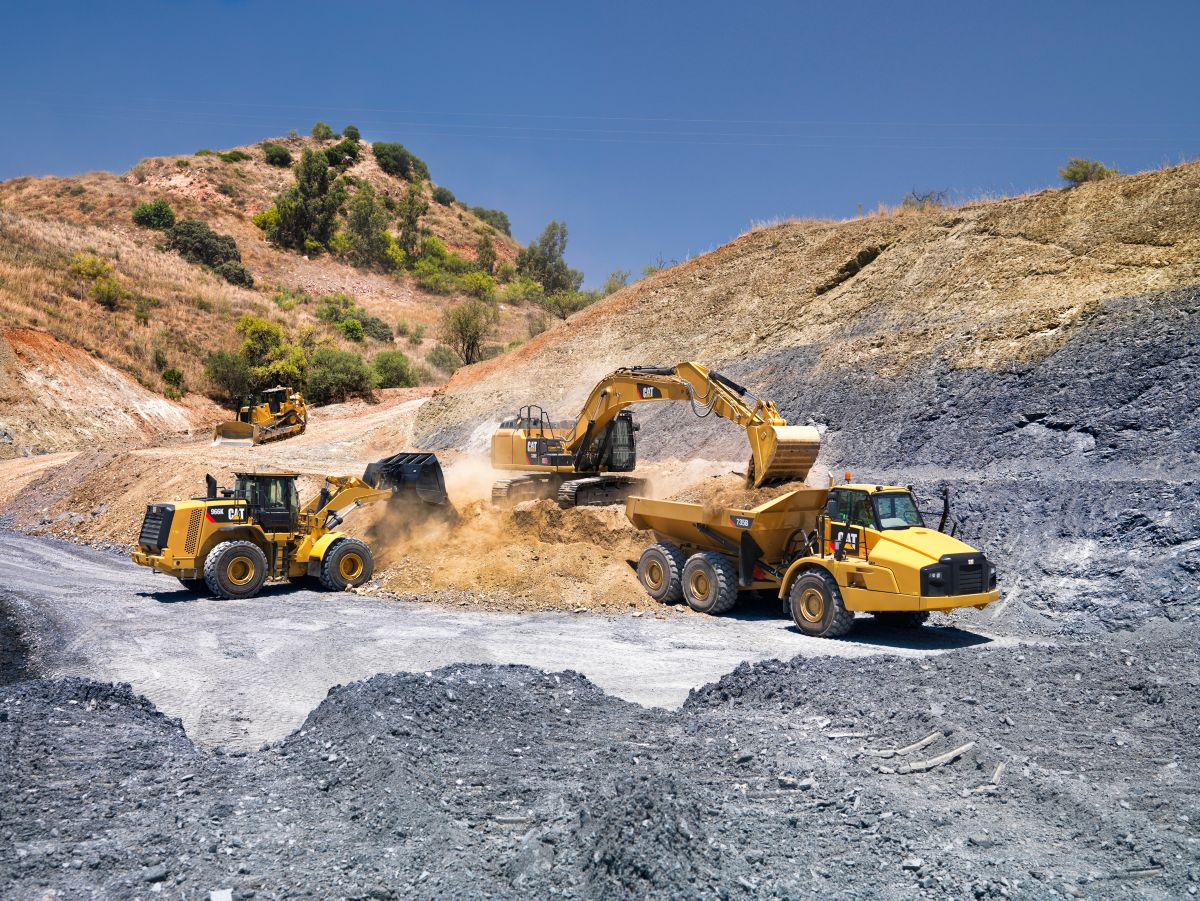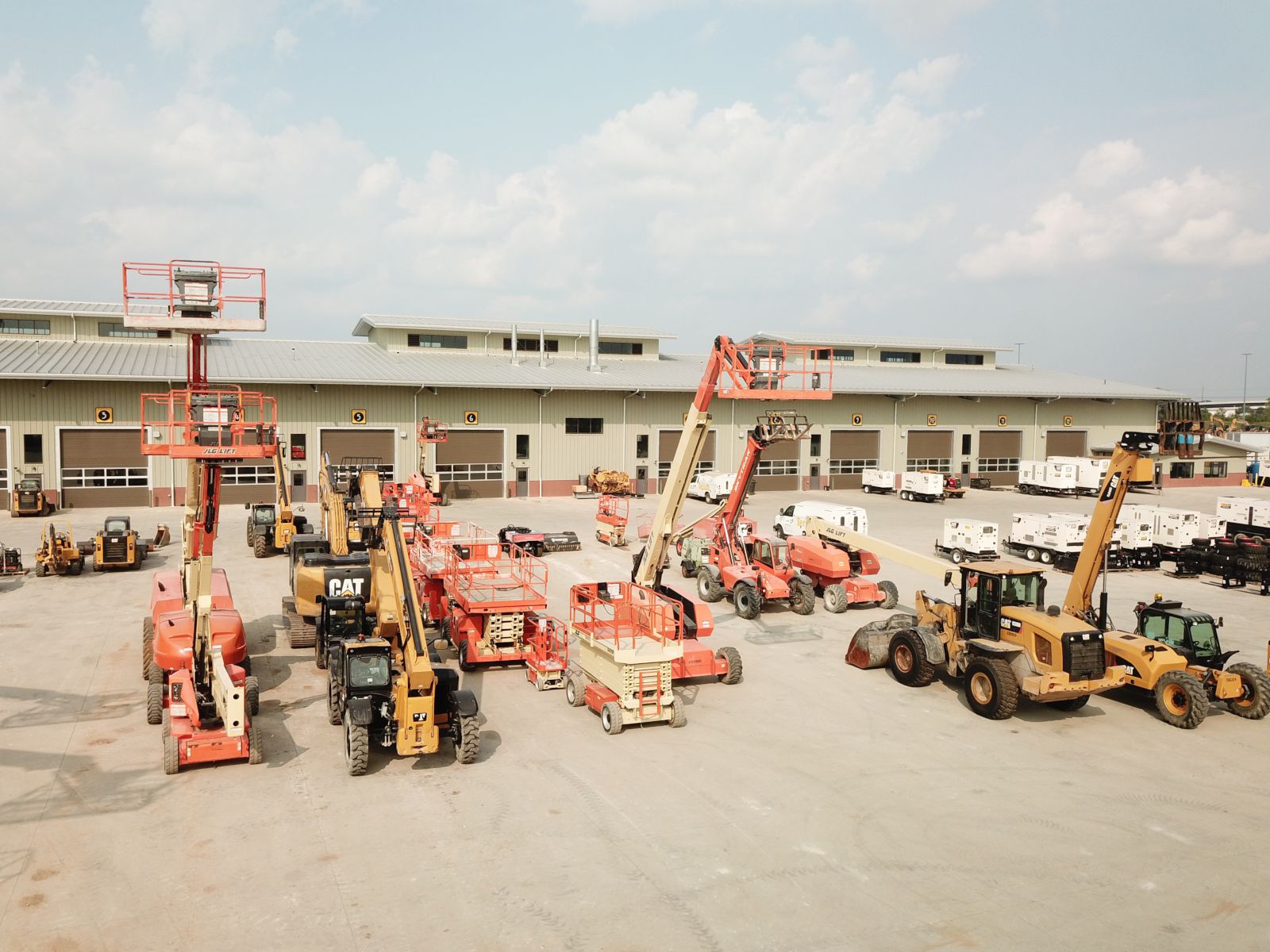Scissor Lift Rental: Safe and Efficient Raising Solutions
Scissor Lift Rental: Safe and Efficient Raising Solutions
Blog Article
Maximize Your Budget by Understanding the Costs Connected With Construction Equipment Services
Comprehending the full scope of costs associated with building equipment rentals is crucial for optimizing your budget plan. What techniques can be employed to effectively manage these costs and make sure an extra reliable rental experience?
Summary of Rental Expenses
When considering building and construction tools leasings, recognizing the linked costs is paramount for efficient budgeting and job planning. Rental prices can vary substantially based on numerous variables, including devices type, period of service, and location. The first rental fee frequently reflects the tools's market need and its linked functional capacities, influencing the general expense.
Along with the base rental rate, supplementary prices may emerge, such as transport fees, fuel surcharges, and maintenance fees. It is necessary to make up these additional costs to precisely examine the complete price of renting out tools. Additionally, the rental duration can impact prices; longer leasings may receive discounted rates, while short-term services might incur greater day-to-day charges.

Malfunction of Rental Prices
A comprehensive understanding of rental rates is crucial for specialists and job managers aiming to enhance their budgets. Rental rates for construction tools normally contain numerous components, including base prices, time-based fees, and usage charges.
Base rates are the core fees connected with the leasing of the tools, often determined by the type and size of the machinery. These rates can differ substantially, influenced by aspects such as devices demand, schedule, and regional market trends. Time-based costs, which may be daily, weekly, or monthly, offer to accommodate different task timelines and rental periods.
In addition, rental rates may include usage fees, which are suitable when devices is made use of beyond a specified limit, making certain that the rental business can account for deterioration. Seasonal demand variations can also impact rental rates, with peak building periods commonly commanding higher costs.
Moreover, understanding the rental firm's plans regarding maintenance and insurance policy can provide more understanding into the overall cost framework. By analyzing these components, service providers can make informed choices, guaranteeing the choice of rental equipment straightens with both task requirements and budget plan constraints.
Extra Costs to Take Into Consideration
Recognizing the details of additional costs is essential for specialists to handle their general leasing costs successfully. Beyond the conventional rental prices, different supplemental fees can dramatically influence the complete price of devices leasing. These costs typically consist of delivery and pickup fees, which can vary based upon distance and logistics associated with transporting the devices to and from the work website.
Moreover, some rental firms may enforce fuel additional charges if the devices is returned with much less gas than when rented. It is also necessary to recognize potential cleaning fees, especially for specific tools that requires comprehensive maintenance after use.

Thoroughly evaluating the rental contract and clearing up these additional fees upfront can assist service providers ensure and avoid unexpected prices that spending plans remain undamaged throughout the task lifecycle.
Repair And Maintenance Expenses
Normal upkeep and repair service costs are often forgotten aspects that can substantially affect the overall expense of construction tools services. When leasing tools, it is important to consider not YOURURL.com just the rental Recommended Reading costs but likewise the possible expenses related to maintaining the machinery in optimum operating problem.
Many rental business include basic maintenance as component of the rental agreement; nevertheless, much more comprehensive repairs or unanticipated break downs can result in additional expenses. It's necessary to review the rental contract very carefully to understand what upkeep services are covered and what responsibilities fall on the occupant.
Moreover, tools that is not properly maintained can result in inefficiencies on duty website, potentially triggering hold-ups and raising job costs. To alleviate these threats, it is suggested to perform routine evaluations and preserve open communication with the rental supplier regarding any kind of issues that arise during use.
Insurance Coverage and Obligation Expenses
Insurance coverage and liability costs are crucial components that can considerably impact the overall expenditure of building and construction devices leasings (equipment rental company). These prices make sure that both the rental business and the client are protected from possible monetary losses occurring from accidents, damages, or theft during the rental period

Furthermore, customers must be aware of any type of deductibles or exclusions in the insurance coverage, as these can impact possible out-of-pocket costs. Recognizing the terms of any type of insurance protection is important to stay clear of unexpected expenses. Ultimately, budgeting for insurance and liability costs can aid guarantee a smoother rental experience and shield against monetary threats related to building tasks.
Final Thought
In conclusion, a comprehensive understanding of the costs associated with construction tools leasings is crucial for efficient budget plan administration. Ultimately, educated decision-making pertaining to tools leasings adds to the overall success of building and construction ventures.
Rental costs can vary considerably based on a number of elements, consisting of tools type, duration of service, and place (heavy equipment rental). The rental duration can affect pricing; longer services may qualify for reduced rates, while temporary services may incur greater everyday charges
By performing detailed research study and engaging with reliable rental firms, professionals can effectively browse the complexities of rental rates, ultimately optimizing their financial sources.
Beyond the common rental rates, different additional costs can considerably influence the total expense of tools leasing. Rental firms frequently give liability insurance policy that covers injuries to third celebrations or damages to residential or heavy equipment leasing near me commercial property, while tools damage insurance coverage can cover the expense of repairs or substitute if the rented out equipment is damaged.
Report this page